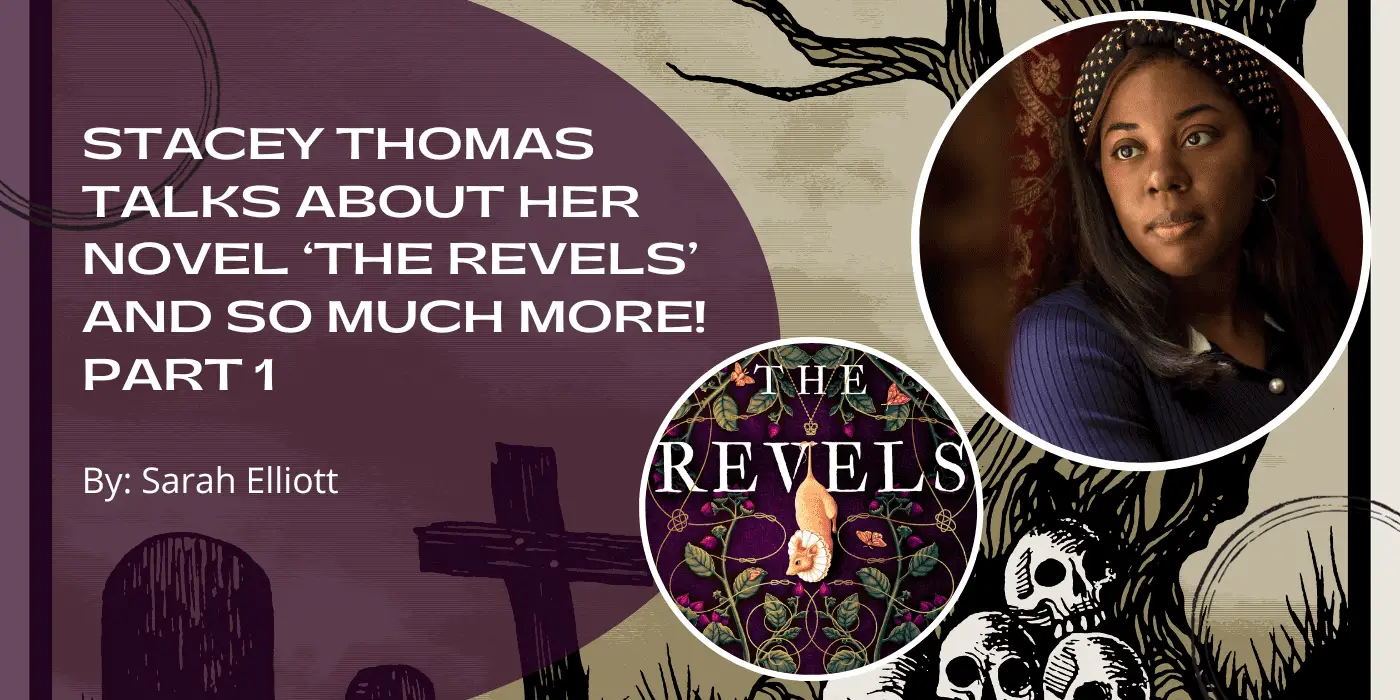Let’s talk ‘Supernatural Noir’ with Steven S DeKnight
Let’s talk ‘Supernatural Noir’ with Steven S. DeKnight
In his own words, Steven S. DeKnight has a “love of two-fisted, hard-boiled detective stories and matinee creature-features of days gone by”. HARD BARGAIN, his debut graphic novel, is a dream thirty years in the making.
Time to close those blinds, grab a glass of something smooth, dim the lights even further and let’s get into some supernatural noir with Steven S. DeKnight.
“Tough talking P.I.’s and double crossing dames, along with demons, magic and monsters, both the inhuman and human kind. Steven S. DeKnight’s HARD BARGAIN, loaded with hairpin turns, crackling dialogue, humor, horror and tragedy…James Ellroy meets Stephen King, with a healthy splatter of Sam Raimi.”
– Eric Kripke, creator of the hit show The Boys

















